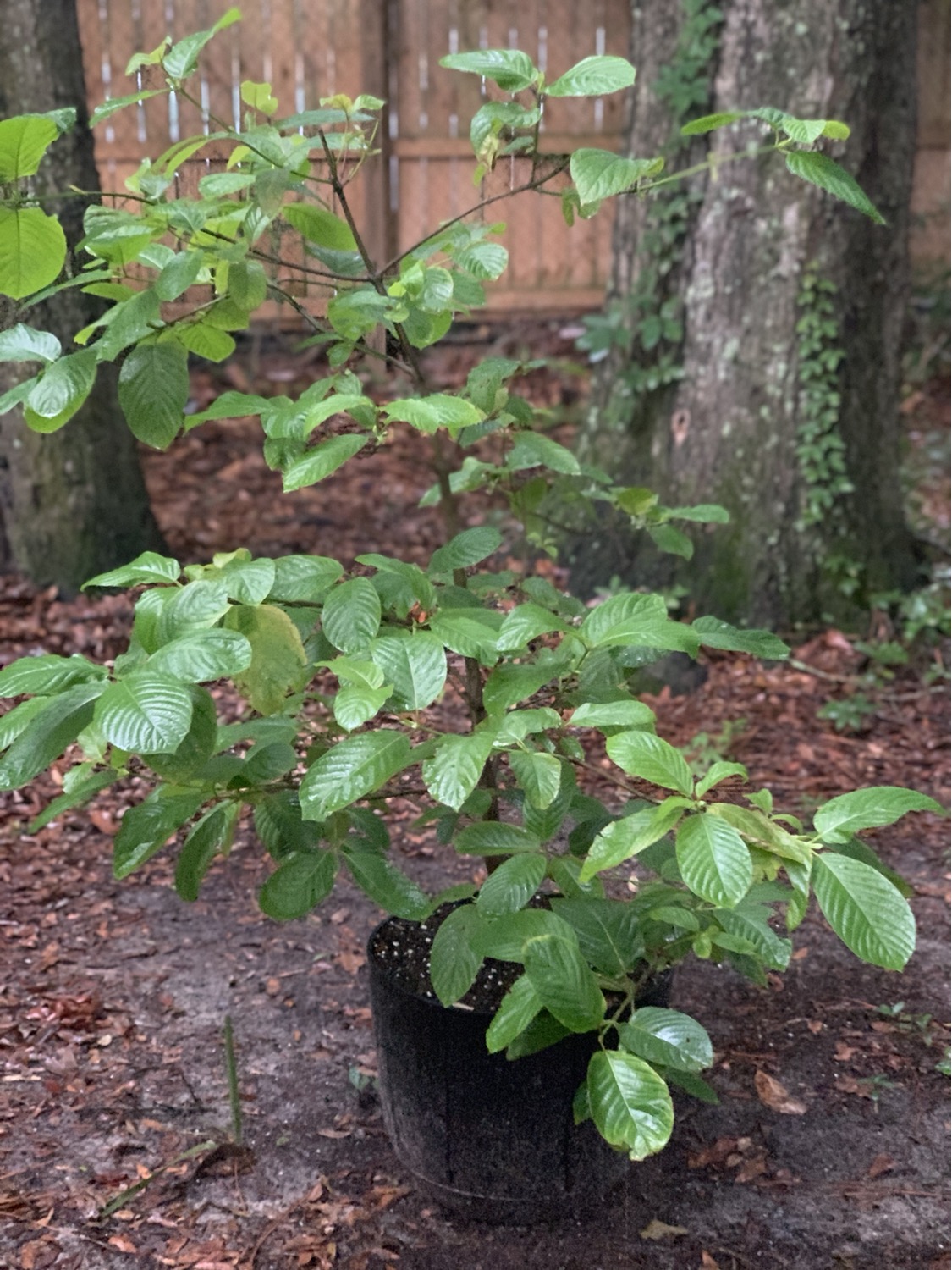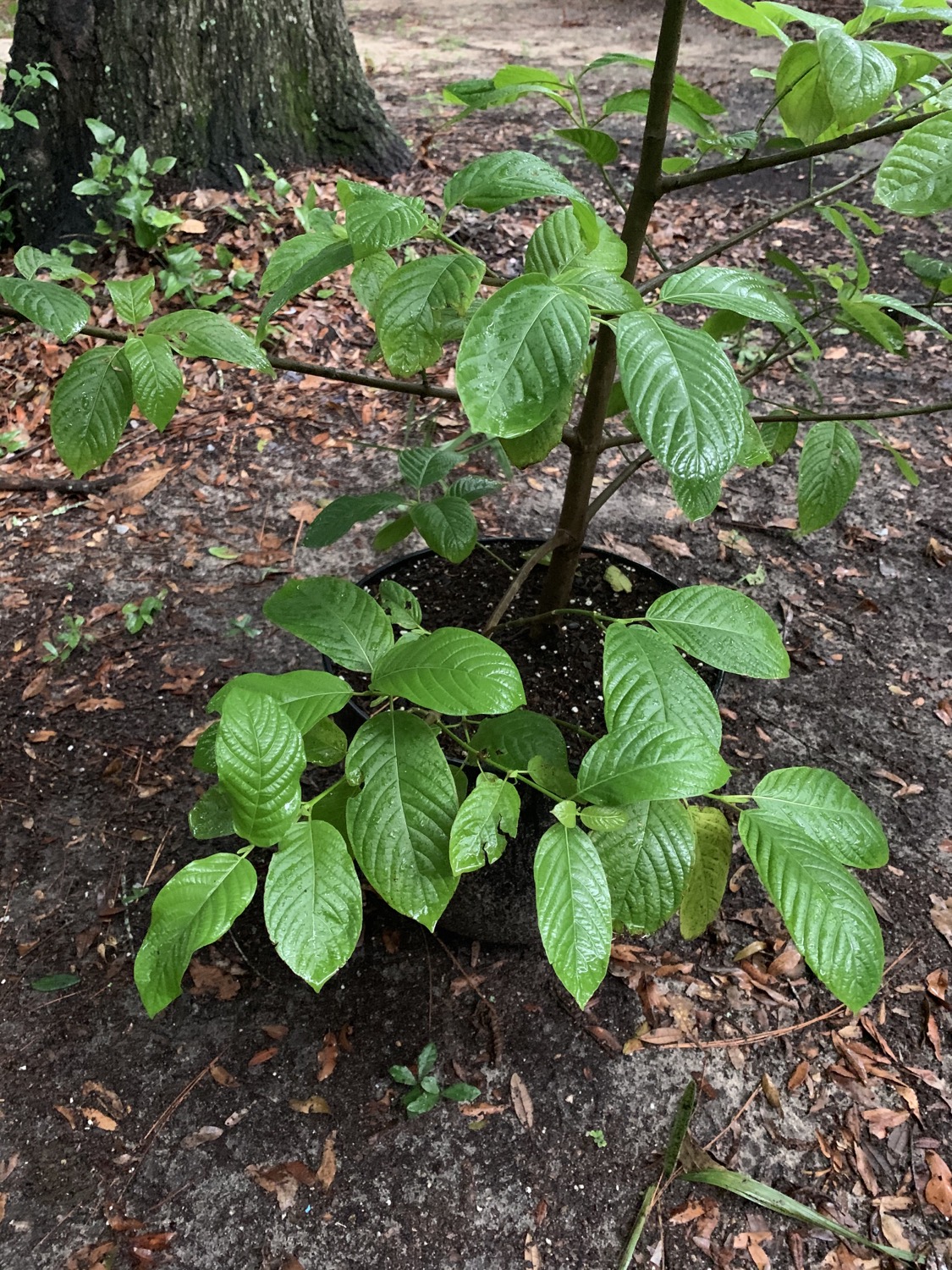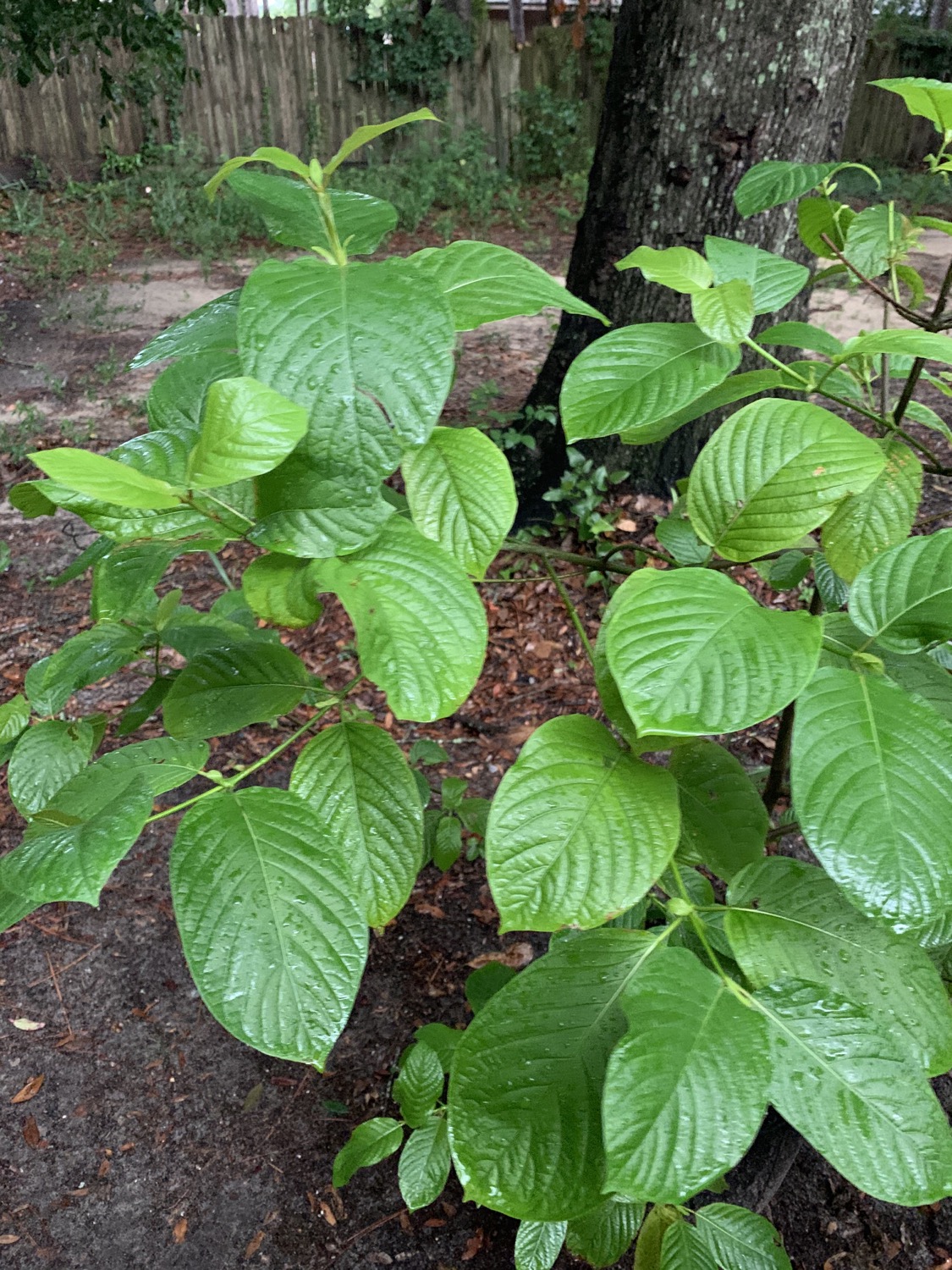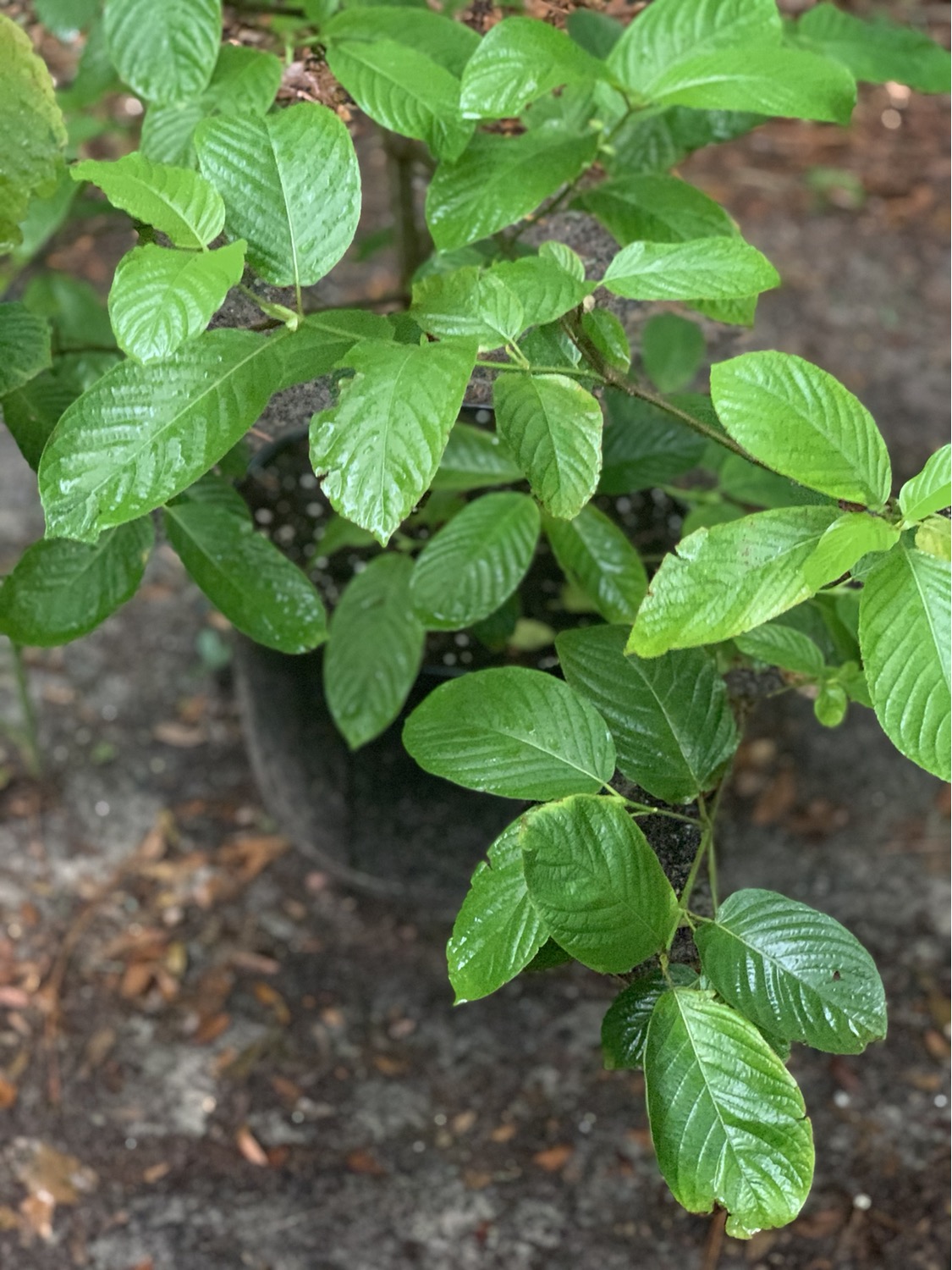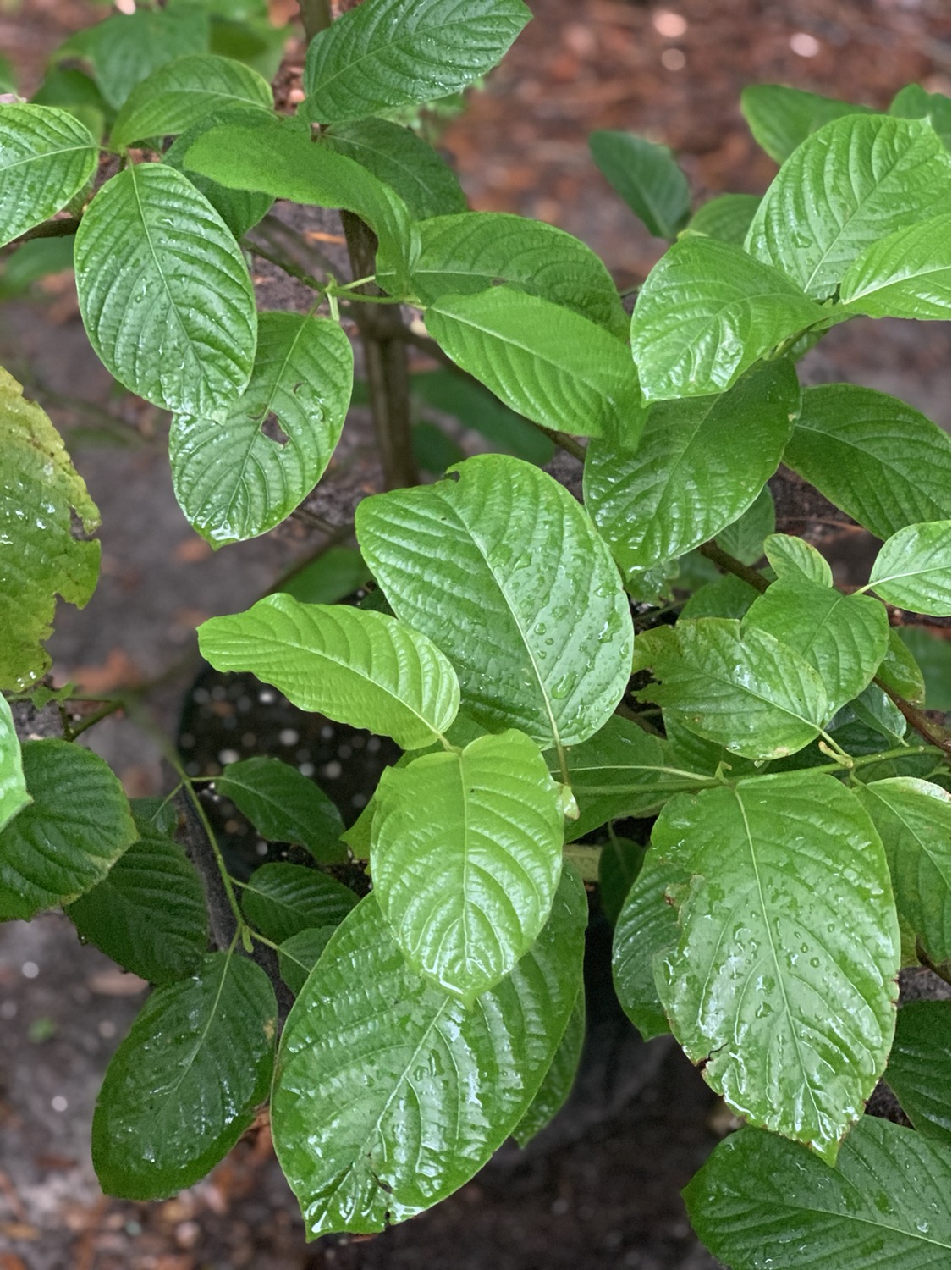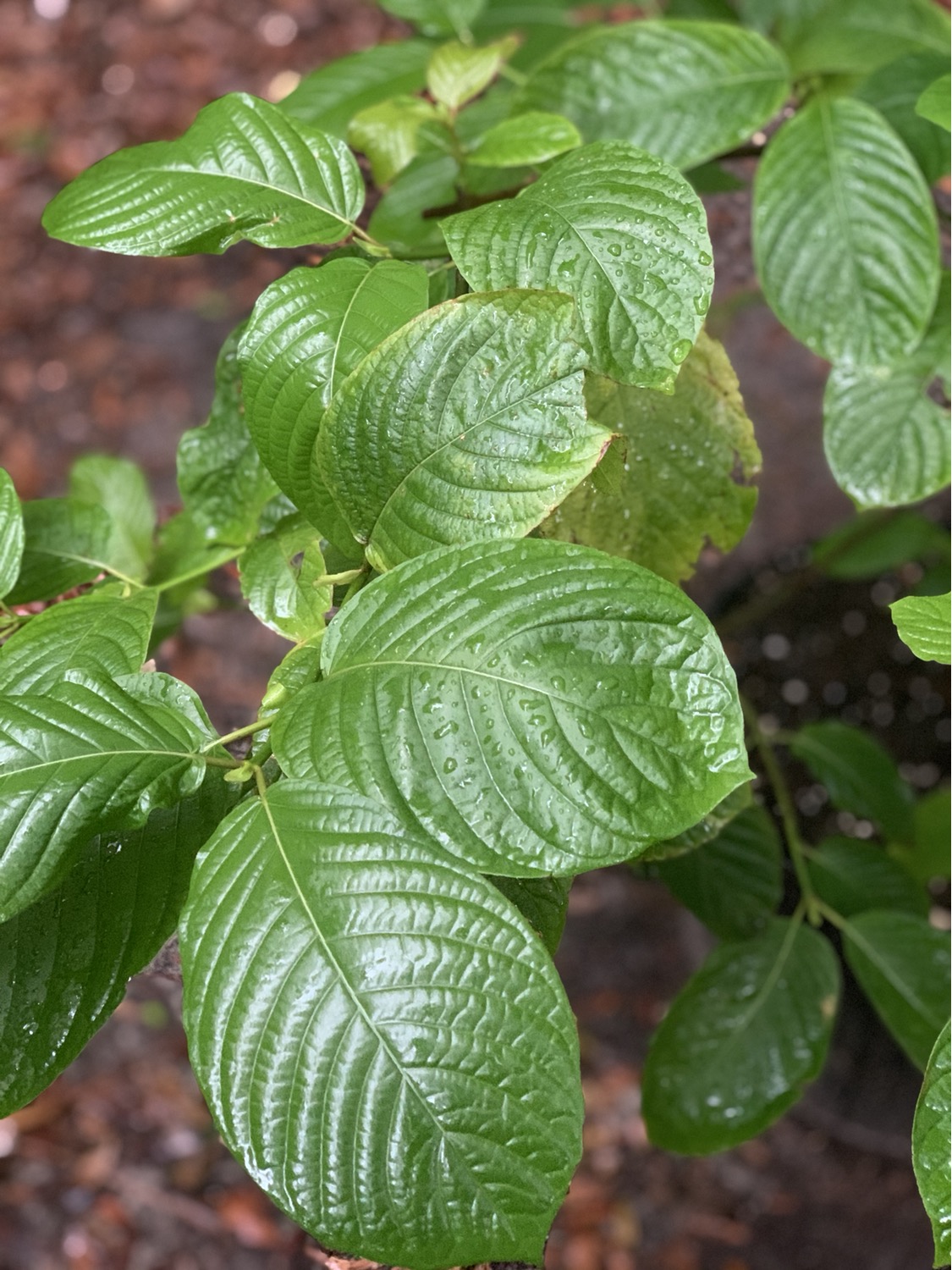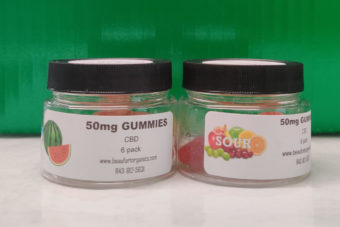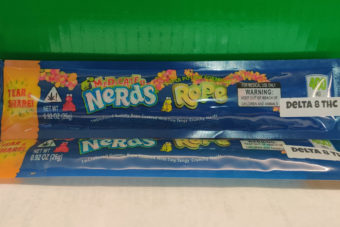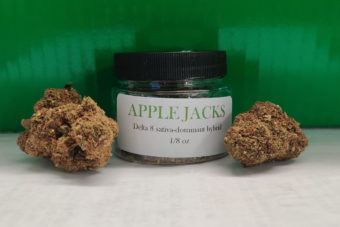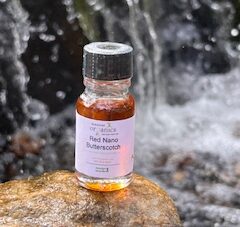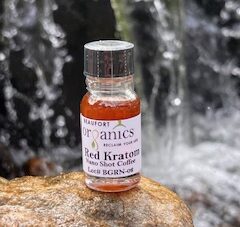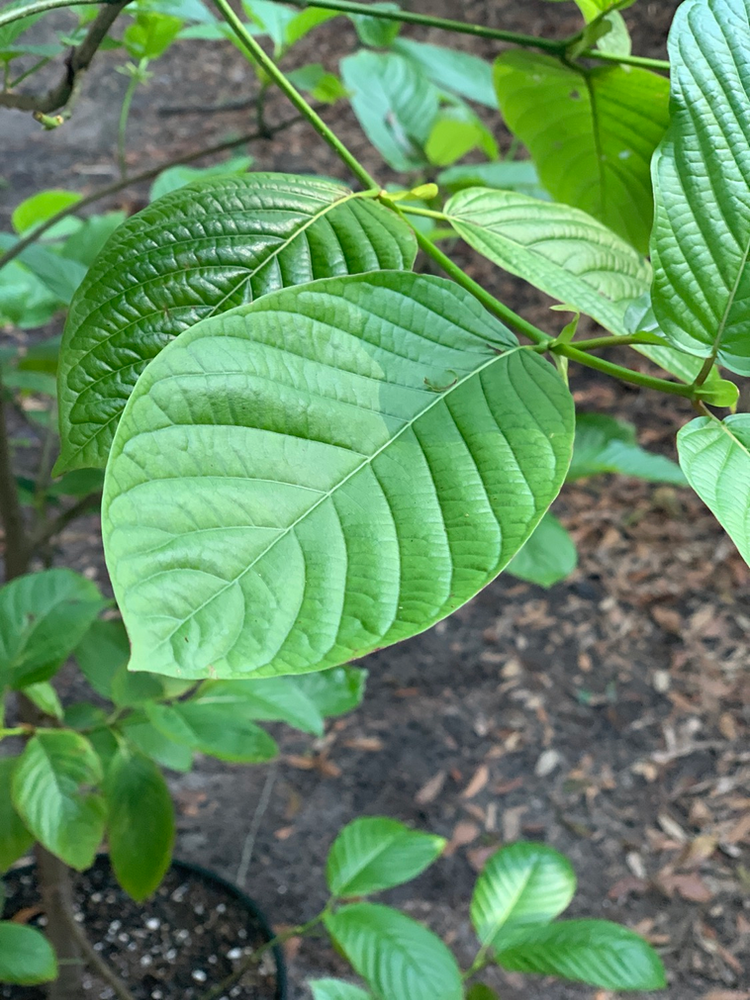
Thinking about growing your own kratom tree? Let us help you figure out if it is the right decision for you with our tips and tricks for growing big trees!
Everyone wants to know how they can grow their very own kratom tree at home. While we don’t have them listed on the current website, we are rebranding to Beaufort Botanicals in the fall, and will have them listed in late fall – assuming all goes according to plan.
But for now, you can read up on how to grow a tree from a cutting or a clone and get prepared by buying the right type of container and soil and making sure you will have adequate lighting, humidity and soil drainage.
Also, you’ll want to know what to do when pests strike! We will cover all that and more, so stick around to find out the best tips and tricks for growing kratom trees at home from Beaufort Botanicals.
Native to the tropical regions of Southeast Asia, kratom trees can grow to be 100 feet tall in the wild. And while kratom trees can be tough to grow in non-tropical climates, it can be done with a little preparation and a lot of care and love.
“Kratom plant care isn’t too involved, although the plants are extremely heavy feeders. They need rich, very fertile soil with plenty of nitrogen. Unlike most plants you’ll find yourself growing, kratoms need virtually no drainage. They are very sensitive to drought and, in most cases, cannot be watered too much,” according to Gardening Know How.
As for my own personal experience with growing kratom trees, you want to make sure you keep them in a large pot, as they do grow according to the size of the pot they live in. I may eventually pot this one in the ground, since I live in Florida and it rains almost every day in the summer. In the winter, when it does get cold sometimes, he is housed in doors, but this won’t be possible if I plant him outside, so we may also be considering building a greenhouse.
When your tree is a baby, you want to make sure you keep a close eye on him and watch out for pests such as spider mites and aphids, which can be dealt with effectively using Neem oil.
Kratom trees need adequate light, meaning lots of sun, but not too much sun. In my experience, it’s best to place them with other trees for some shade or their leaves get too yellow. Of course, yellowing leaves are also a sign of too little nitrogen so be careful there as well.
Be sure they are keep in a really, really, really humid environment. Where I live, it pretty much stays at 80-100% humidity all summer long, but in the winter, it drops, so again, we might be looking at building a greenhouse soon.
Stay tuned for more tips and tricks!
